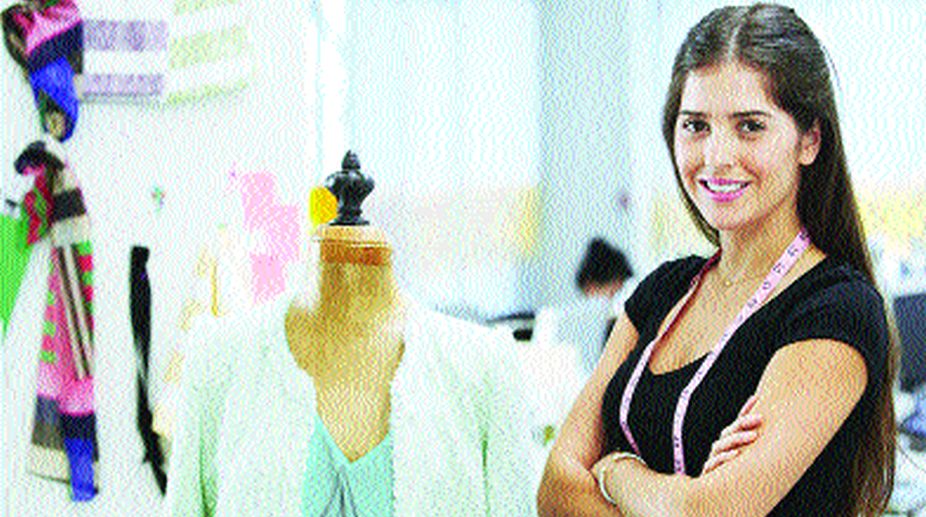Malavika Mohanan’s style guide for 2025: Bold, elegant, and effortlessly chic
Discover Malavika Mohanan's trendsetting fashion for 2025 with bold, elegant looks, from bodycon dresses to vibrant gowns. Get inspired by her effortless style!

Fashion is all around us, from various forms of advertising to the commercial clothes we buy. It truly is a global industry. However, the most obvious career path, that the majority of students consider when they think of fashion, is to become a designer.
It is however, a frequent misconception that this is the most common job for graduates, as in reality most of them go on to work in a different role within the industry. It usually takes until graduation before they begin to realise the wider opportunities available.
Advertisement
The UK’s fashion education system is widely recognised. However, with so many institutions offering courses how do you know where best to study or even what course to study? I would recommend that you first of all, think of where your skills lie. You may love clothes, but do you really want to design them? Or actually would you suit a more business minded role? Carefully think of what skills you have as well as what you enjoy doing? Some roles available are:
Advertisement
Designer: Fashion alone can be broken down into a number of areas and would also need to consider who you want to design for. Although these are different aspects, the fundamentals are similar. A good designer is someone who knows how a garment is constructed. You do not have to be the best seamstress or pattern cutter, but have the knowledge in where seams, darts and fastenings, etc, are required. Also you may consider textile design, such as print, embroidery, knit or weave, again these are all different knowledge and skill sets.
Pattern cutter: If you have good numeracy skills can work accurately, have an understanding of garment construction and are a good team player, then you can consider being a pattern cutter.
Technologist: This can have many roles and depends on what area you are interested in, but to summarise they ensure the quality of the product, whether it is appropriate fit of a garment, the quality of a fabric being produced or a specific colour trying to be attained. If you have a great eye for detail this maybe the career path for you.
Buyer: Are you good with numbers, organised, a good negotiator, can you work well under pressure and like to travel? Then consider becoming a buyer. They negotiate prices with suppliers for finished garments and/raw materials for in house design. They work closely with the design team to produce range plans and present ideas to senior management. They also work closely with the merchandising teams on budgets.
Merchandising: A lot of buyers start out as merchandisers and move across into buying roles, as it is seen to be more glamourous. Merchandisers look at historical trends in sales and control the budgets.
Stylist: Are you a good team player, creative and have a good eye for detail? Then becoming a stylist is for you? They create looks, for photoshoots, which could be editorial or for brand marketing. For this role you would need to understand garments and consumers, as well as having strong communication skills and patience.
It is important that you look into each course in detail. If you are still struggling to know which area you wish to focus on, look into studying a course that offers you an overview of the industry. It is really important that you do your research well to choose the right course.
The writer is course leader, fashion design, Staffordshire University (UK).
Advertisement